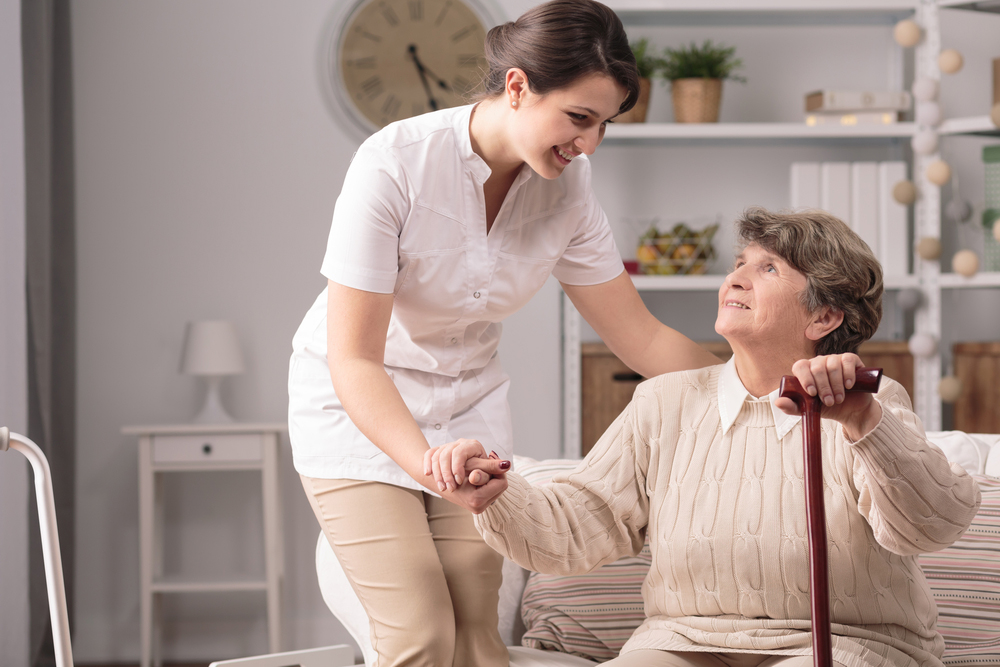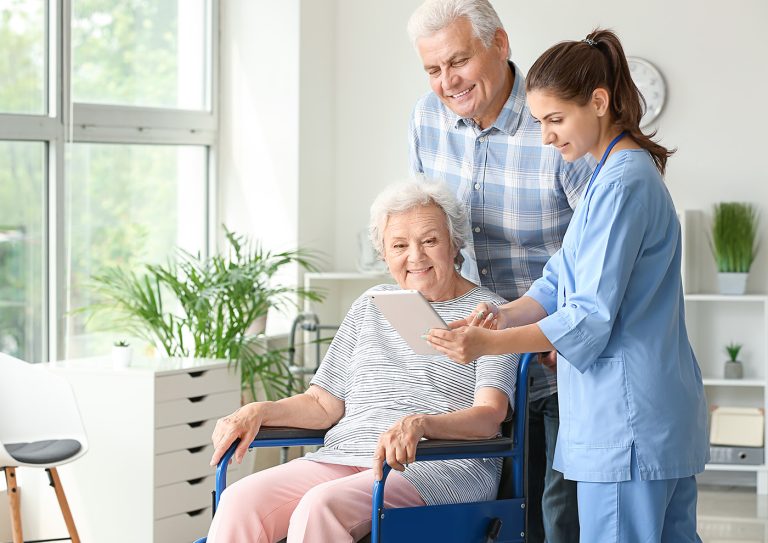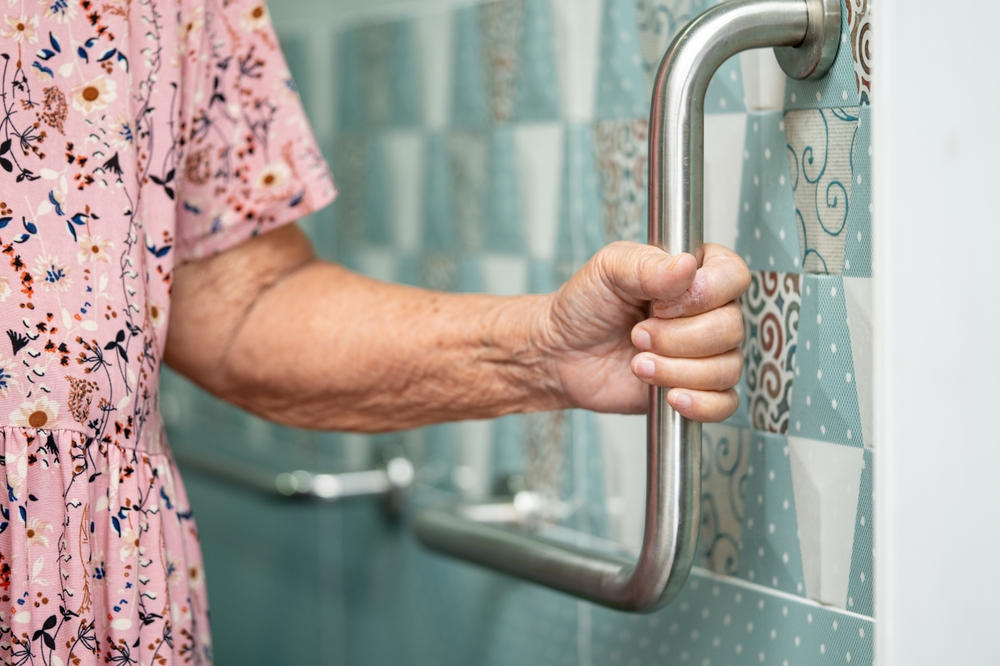As our loved ones age, creating a safe and comfortable home environment becomes increasingly important. This senior home safety guide aims to provide families and caregivers with essential tips and strategies to ensure the well-being of seniors in their homes. By addressing potential hazards and implementing practical solutions, we can significantly reduce the risk of accidents and enhance the quality of life for our elderly family members.

The Importance of Home Safety for Seniors
Maintaining a safe home environment is crucial for seniors. As people age, their physical abilities may decline, making them more susceptible to accidents such as falls. According to the CDC, falls are the leading cause of injury-related deaths among those aged 65 and older. By following a comprehensive senior home safety guide, families can help prevent these incidents and ensure their loved ones’ security.
Identifying Common Hazards in the Home
1. Slippery Floors
Slippery floors pose a significant risk for seniors. To minimize this hazard, ensure that all rugs have non-slip backing and that spills are promptly cleaned. Consider installing slip-resistant flooring in areas such as the bathroom and kitchen.
2. Poor Lighting
Adequate lighting is essential for preventing falls and ensuring that seniors can navigate their homes safely. Make sure that all areas of the home are well-lit, and consider installing motion-sensor lights in frequently used spaces.
3. Cluttered Pathways
Clutter can obstruct pathways and increase the risk of tripping. Keep floors clear of unnecessary items, and arrange furniture in a way that allows for easy navigation.
Implementing Safety Measures
1. Installing Grab Bars and Handrails
Grab bars and handrails provide essential support for seniors, particularly in areas such as the bathroom and on staircases. Ensure that these fixtures are securely installed and easily accessible.
2. Utilizing Smart Technology
Advancements in technology have made it easier to monitor and ensure the safety of seniors at home. Consider investing in fall detection systems and other smart devices to keep your loved ones safe.
Ensuring Accessibility
1. Adapting the Home Layout
Adapt the home layout to accommodate mobility aids such as walkers and wheelchairs. Ensure that doorways are wide enough and that ramps are installed where necessary.
2. Simplifying Daily Tasks
Make daily tasks easier for seniors by organizing items within easy reach. Consider using adaptive tools and equipment to assist with activities such as cooking and dressing.
Promoting Independence and Well-being
1. Encouraging Physical Activity
Regular physical activity can help seniors maintain their strength and balance, reducing the risk of falls. Encourage your loved ones to engage in exercises such as walking, yoga, or tai chi.
2. Fostering Social Connections
Social interaction is essential for seniors’ mental and emotional well-being. Encourage participation in community activities or consider utilizing technology to stay connected with friends and family.
Seeking Professional Assistance
Sometimes, ensuring home safety for seniors may require professional assistance. Consider consulting with an occupational therapist or a home safety expert to assess your loved one’s living environment and make necessary modifications.
Conclusion
The safety and well-being of our senior loved ones is a top priority. By implementing the strategies outlined in this senior home safety guide, families and caregivers can create a secure and comfortable home environment that supports independence and enhances quality of life. Remember to regularly reassess the home for potential hazards and make adjustments as needed to ensure continued safety.

FAQ Section
1. What are the most common home hazards for seniors?
Common hazards include slippery floors, poor lighting, and cluttered pathways. It’s important to address these issues to prevent accidents.
2. How can technology assist in senior home safety?
Technology can provide solutions such as IoT sensors for monitoring, fall detection systems, and automated lighting to enhance safety.
3. Why is social interaction important for seniors?
Social interaction is crucial for maintaining mental and emotional well-being, reducing feelings of isolation, and fostering a sense of community.
This article contains affiliate links. We may earn a commission at no extra cost to you.






